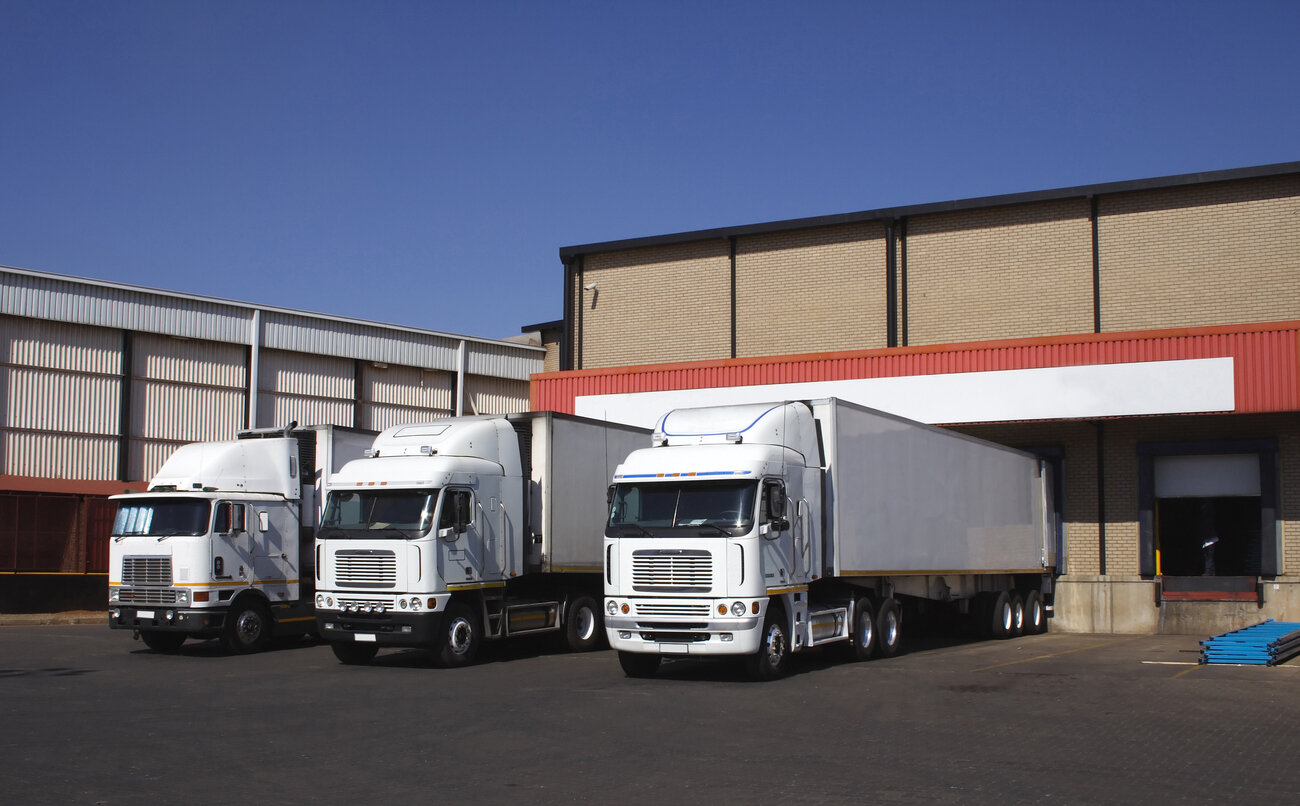What Will LTL Shipping Look Like in 2021?
From its hopeful beginning to its uncertain conclusion, 2020 has been fraught with challenges for LTL carriers.
There is no crystal ball to predict the future in the world of logistics, but there is data that maps outcomes and experts with strategies in place for a variety of supply chain risks. As 2020 concludes and 2021 begins, now is a valuable time for logistics managers, carriers, and everyone involved in the supply chain to start considering — and preparing for — what lies ahead. Nowhere is this more important than when considering LTL.
LTL, or Less Than Truckload shipping, is a valuable tool for companies shipping a lower volume who need to track shipments and wish to reduce cost by sharing freight with other operators. Historically, LTL offers competitive rates. However, if 2020 has taught shippers and carriers anything, it is the importance of not relying on history alone.
The end of 2020 brings with it the expected holiday season demand on shipping along with complications due to the ongoing COVID-19 pandemic and political movement following the November 2020 U.S. elections. For those looking to further examine their logistics budget and strategy, the complex and unpredictable Q4 of 2020 and the beginning of Q1 2021 may cause uncertainty.
To dispel some of that uncertainty, let’s look at some possibilities for LTL in 2021 and how to prepare for the year ahead:
-
A look at LTL in 2020
-
A closer look at Q4 2020
-
What will 2021 bring?
-
Help with the road ahead
A look at LTL in 2020
2020 has been a rocky year for LTL carriers and shippers. The year began with optimism. LTL carriers were hopeful following an industrial recession that plagued the logistics industry during 2018 and 2019, resulting in low demand for LTL. Early 2020 showed that the industrial economy was rebounding. Inventory levels were stabilizing, demand was up, and some international trade issues were being resolved.
The dominating forces of LTL — Old Dominion, FedEx Freight, and XPO Logistics — were poised to meet challenges and deliver excellent service. As a result, experts predicted a 3% to 4% rise in contract rates and suggested operators begin evaluating their business models accordingly.
While the events of 2020 — most notably, the COVID-19 pandemic — did not destroy the predictions of LTL carriers, they did alter the course of LTL operations. The pandemic resulted in closures of shipping hubs, businesses, and massive interruptions in the supply chain due to a focus on essential goods.
Customers increasingly ordered online, and the stress on the global economy made it difficult to guarantee shipping dates when utilizing LTL. Along the way, carriers and shippers learned how to mitigate unpredictable supply chain issues, and the lessons learned from this can be carried into 2021.
A closer look at Q4 2020
While many logistics managers and carriers may be thinking about 2021, Q4 of 2020 will have a lasting effect on what the future looks like. Q4 is always a tumultuous time for the supply chain due to holiday shopping and unexpected weather delays, but if 2020 has taught experts anything, it is that this has been an especially challenging year.
Donna Kintop of DDC FPO advised LTL carriers in Q4 of 2020 to prepare for a multitude of outcomes. These outcomes will be driven by eCommerce sales and political strife as a result of both the United States presidential election and the ongoing wake of Brexit impacting European logistics. Kintop noted that shippers should communicate with carriers. Carriers must be prepared to offer overtime in the event of staffing challenges, the cost of which may be passed onto the customer heading into 2021 as contracts are renegotiated.
What will 2021 bring?
As COVID-19 rates have spiked throughout the fall, it is likely that some of the problems that have vexed suppliers in 2020 will persist in 2021. As a result, the type of freight that moves may continue to favor essential goods.
The return of panic buying may also impact the supply chain. Last-mile carriers will continue to be hugely important, modes of transportation will continue to diversify, and staffing challenges may continue as elevated online consumer spending is undoubtedly expected to become the norm.
So, what will happen in 2021 with LTL? There are still a lot of moving pieces, but LTL truckload prices could rise from 2% to 7% and driver shortages may result in capacity issues. As challenges — some of them costlier than others — impact carriers, it is very possible that shippers will see rising costs as a trickle-down effect.
Get help scouting the road ahead
As your business heads into 2021, you have likely learned a lot about how to plan your logistics budget in an uncertain time. However, if you are concerned about how to make that budget work next year, especially in relation to LTL, it may be time to work with a logistics expert. From bid analysis to utilizing technology to create a more cost-effective strategy, Resource Logistics Group can help. To learn more, contact us.



